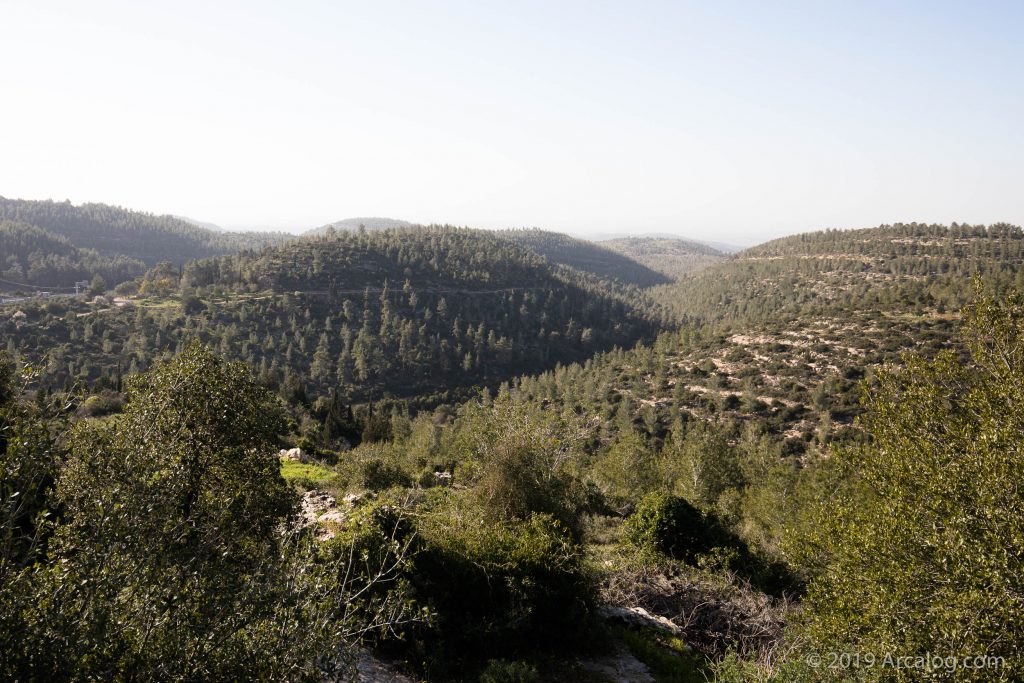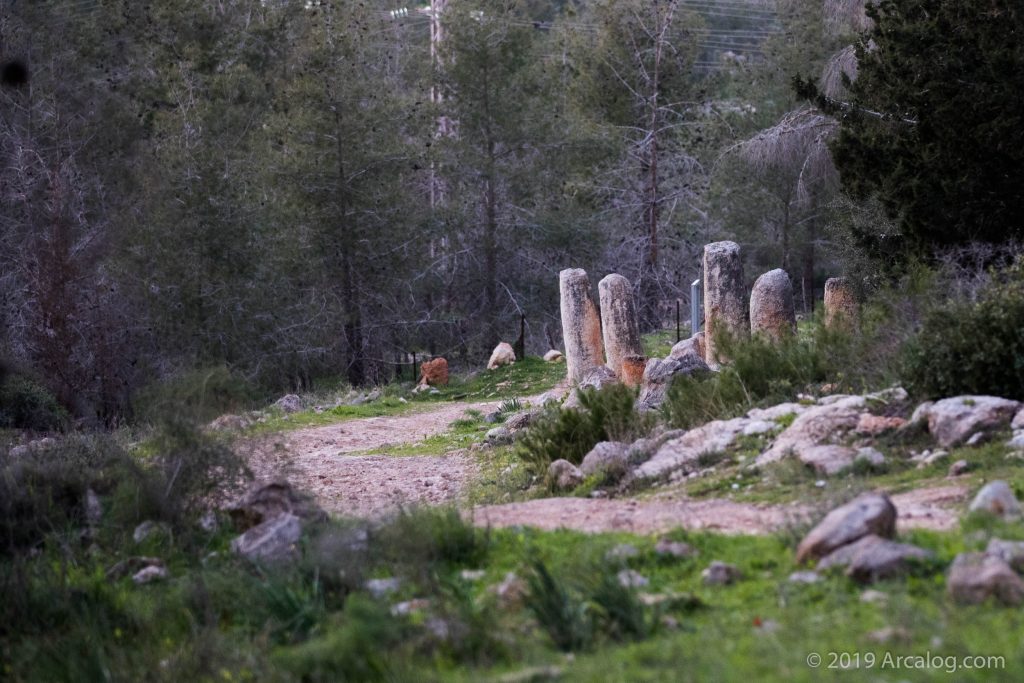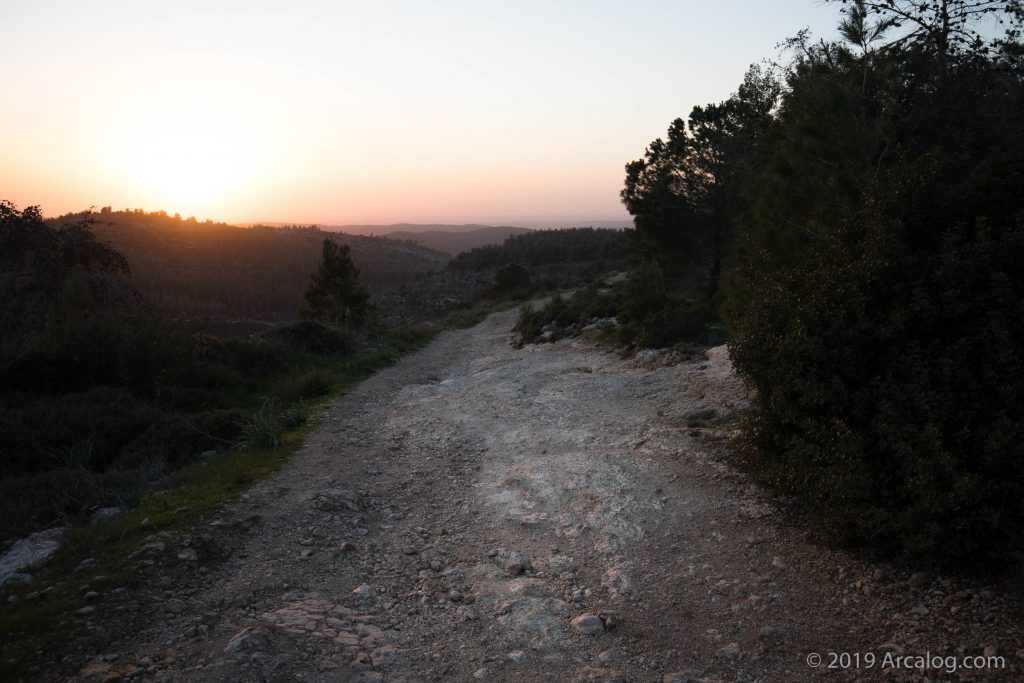This post is for Dad, who has a long history with this road.
There is a dusty little track that leads from the town of Emmaus up to Jerusalem. The gospel of Luke tells the story of two men who walked this road in despair but returned by it that very same evening with a message. Christ is risen! But that couldn’t have been all that they had to say. For Christ had spent the better part of an afternoon and evening explaining to them why “the Messiah must suffer these things and enter into his glory.” There is an aspect to this account that involves the mind grasping truth, and there is another that involves the heart. “When he was at the table with them, he took bread, gave thanks, broke it and began to give it to them. Then their eyes were opened…” This was the first communion!
Its been said that Emmaus is too far from Jerusalem for the disciples to have gone all that distance that very same evening. But as one of the custodians of Emmaus said to me, this doesn’t account for the excitement generated by the word spoken by Jesus to his disciples. It can be done, although it would have been an exhausting journey. It is also possible that there was another Emmaus located closer to Jerusalem in Jesus day.
Geography aside, the apostle Luke gives us something to think about this Easter. A simple message has the power to change our entire outlook on life and to fill us with real joy and a sense of purpose. It can even inspire us walk 60 or 160 stadia (10 or 20 kms) back to Jerusalem in the night – with joy!






